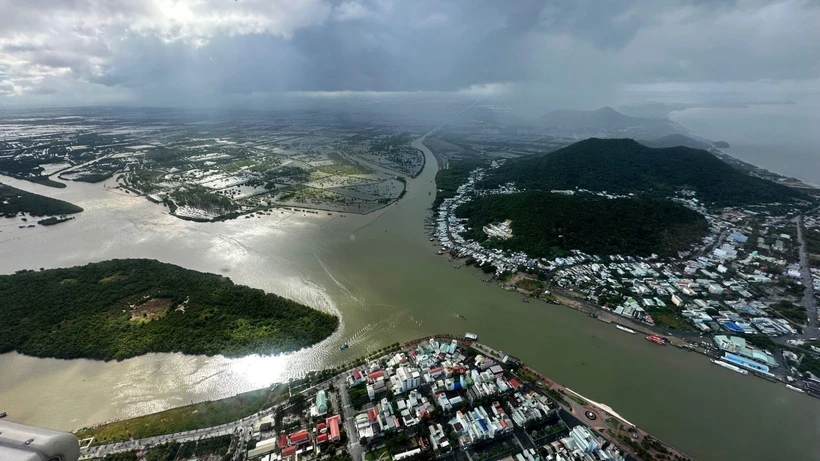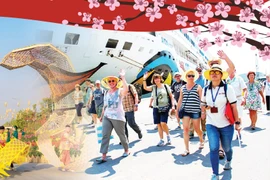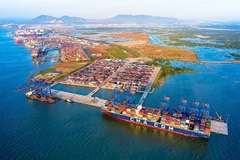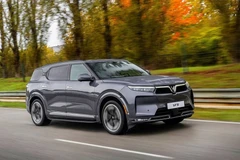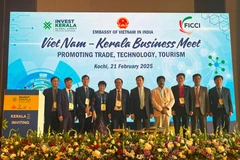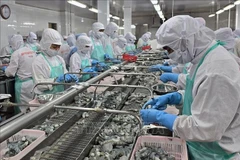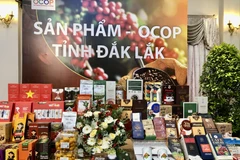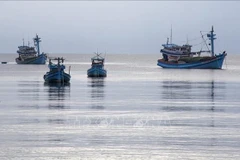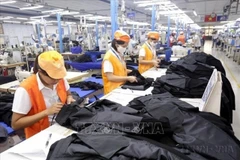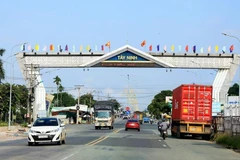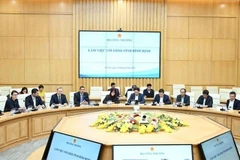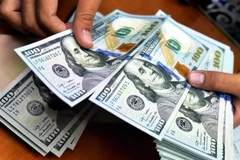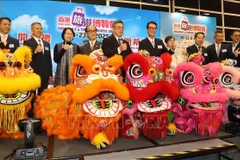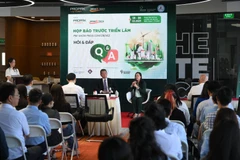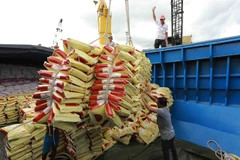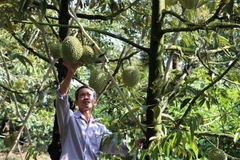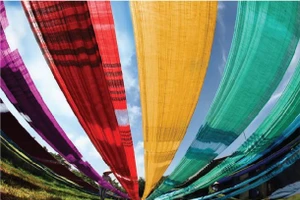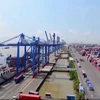HCM City (VNA) — Localities in the Mekong Delta region have been striving to develop distinctive tourism products to turn the region into a prominent tourist area in Vietnam as designated in the national tourism master plan for the 2021-2030 period with a vision to 2045.
Accordingly, the delta focuses on developing tourism products by leveraging the strengths of the river ecosystem, natural landscapes, marine and island tourism resources, historical-cultural sites, and diverse traditional cultural values.
Le Thanh Phong, Vice Chairman of the Mekong Delta Tourism Association, said that in 2024, the region attracted over 52 million tourists, earning revenue of nearly 62 trillion VND (2.43 billion USD).
In 2025, localities will focus on innovating and enhancing the quality of eco-tourism and cultural products associated with waterway, agricultural and rural tourism, sea and resort tourism, and event-related tourism.
They target green growth with tourism products that are friendly to environment and adapt to climate change, thus enhanccing the appeal and unique characteristics of regional tourism.
Can Tho city, located in the center of the Mekong Delta, has geographical advantages for connectivity from Ho Chi Minh City to various provinces in the region by road, water, and air.
In the tourism sector, Can Tho maximises its potential and resources, particularly as a regional hub and gateway to the lower part of the Mekong River.
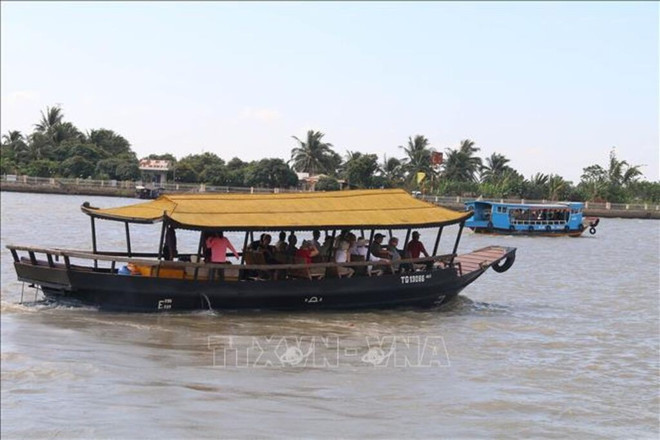
According to Nguyen Minh Tuan, Director of the city Department of Culture, Sports, and Tourism, Can Tho is focusing on developing distinctive tourism products such as urban waterway eco-tourism, MICE tourism, cultural tourism, and community tourism.The city prioritises investment in signature tourism types like garden-based waterway tours, floating market visits, cultural tourism, and MICE tourism.
Additionally, Can Tho is committed to restoring architectural monuments and cultural heritage sites, preserving and promoting the cultural and traditional values of the ethnic community, and tapping intangible cultural forms to serve tourists.
Meanwhile, Dong Thap province is surrounded by the Tien and Hau rivers, is well known for agricultural products, especially flowers, fruits, and seafood. Local people are diligent, creative, warm-hearted, and hospitable.
The province is home to many historical and cultural sites and craft villages, advantageous for developing community and agricultural tourism.\
Huynh Thi Hoai Thu, Director of the provincial Department of Culture, Sports, and Tourism, said that the province continues to innovate many service products linked to 65 tourist attractions, focusing on agriculture and craft village experiences.
In 2025, the province aims to attract 5 million visitors and achieve total revenue of 2.1 trillion VND from tourism.
It is also developing typical tourism products, such as experiencing the flood season at Tram Chim National Park, spending a day as a farmer in Xeo Quit, learning a new craft in Sa Dec city, and exploring orchards like Lai Vung red mandarin, Cao Lanh mango, and Chau Thanh longan.
Another locality, Long An, located at the gateway to the Mekong Delta, welcomed over 2 million visitors in 2024.
This year, it plans to focus on developing specific tourism products that leverage local advantages, such as eco-wellness tourism, golf tourism, rural tourism, and tours to explore the flood season.
Huynh Van Son, Vice Chairman of the provincial People's Committee, said that the province is seeking more investment to develop river tourism associated with natural landscapes, historical and cultural sites and craft villages in the Vam Co Dong and Vam Co Tay river basins./.
